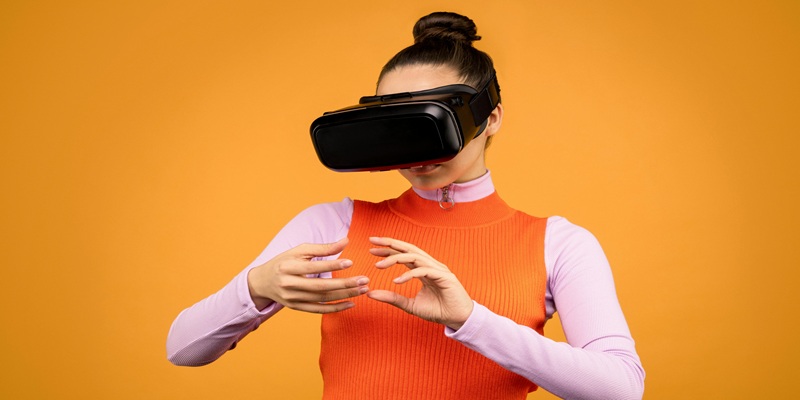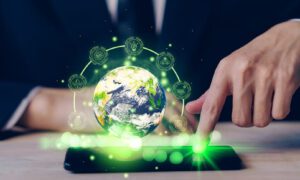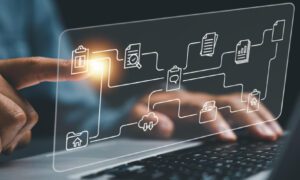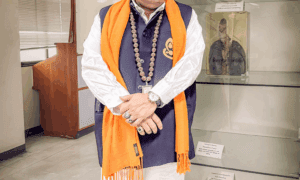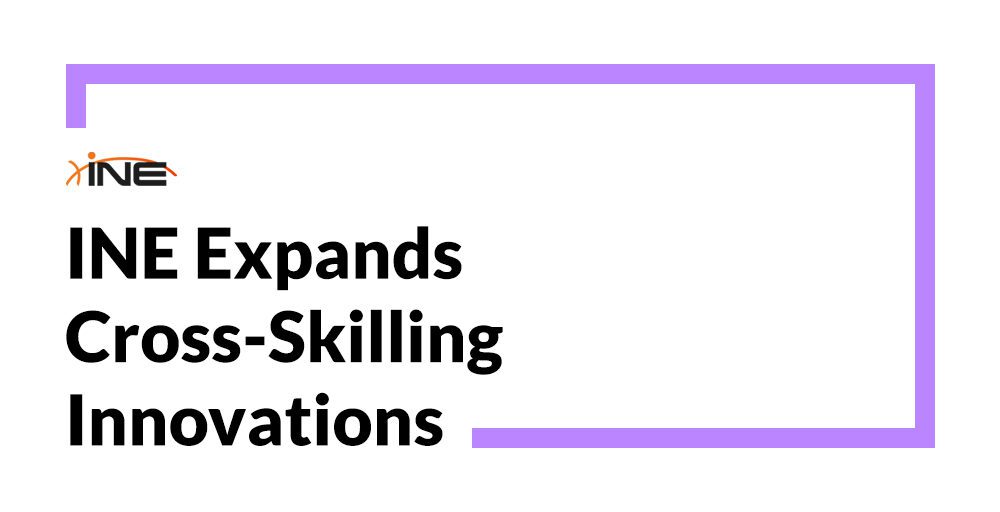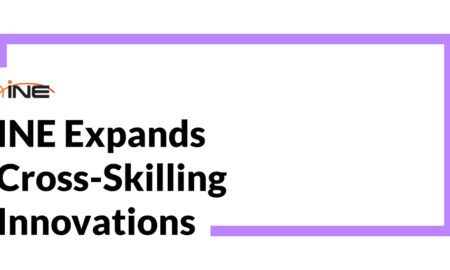Workplace collaboration is changing at an unprecedented rate. Traditional methods of communication, such as emails and video calls, are no longer sufficient to meet the demands of modern businesses. Enter mixed reality (MR), a groundbreaking technology that blends the physical and digital worlds to create immersive, interactive experiences. Mixed reality is revolutionizing how teams collaborate, breaking down geographical barriers, and fostering innovation in ways previously unimaginable.
What is Mixed Reality?
Before diving into its impact on collaboration, it’s important to understand what mixed reality actually is. Mixed reality is a hybrid technology that combines elements of both virtual reality (VR) and augmented reality (AR). Unlike VR, which immerses users in a completely digital environment, or AR, which overlays digital elements onto the real world, MR seamlessly integrates digital objects into the physical environment. This allows users to interact with both real and virtual elements simultaneously.
For example, imagine a team of engineers working on a prototype. With mixed reality, they can visualize a 3D model of the prototype in their physical workspace, manipulate it in real-time, and even collaborate with colleagues from different parts of the world as if they were in the same room. This level of interaction is what sets MR apart and makes it a game-changer for workplace collaboration.
Breaking Down Geographical Barriers
One of the most significant ways mixed reality is changing workplace collaboration is by eliminating geographical barriers. In today’s globalized economy, teams are often spread across different cities, countries, or even continents. Traditional communication tools like video conferencing can feel impersonal and limiting, making it difficult to foster meaningful collaboration.
Mixed reality, on the other hand, creates a shared virtual space where team members can interact as if they were physically present. For instance, a designer in New York can work alongside a developer in Tokyo on a 3D model of a product, making real-time adjustments and providing instant feedback. This not only speeds up the decision-making process but also ensures that everyone is on the same page, regardless of their location.
Moreover, MR enables businesses to tap into a global talent pool without the constraints of physical proximity. Companies can now hire the best talent from around the world, knowing that mixed reality will facilitate seamless collaboration. This is particularly beneficial for industries like architecture, engineering, and healthcare, where hands-on collaboration is crucial.
Enhancing Training and Onboarding
Another area where mixed reality is making a significant impact is employee training and onboarding. Traditional training methods often involve lengthy manuals, PowerPoint presentations, or one-size-fits-all videos, which can be tedious and ineffective. Mixed reality, however, offers a more engaging and immersive learning experience.
For example, new employees can use MR headsets to simulate real-world scenarios and practice tasks in a risk-free environment. A medical student, for instance, can perform a virtual surgery, while a factory worker can learn to operate complex machinery without the fear of making costly mistakes. This hands-on approach not only accelerates the learning process but also boosts confidence and retention.
Furthermore, mixed reality allows for personalized training experiences. Employees can learn at their own pace, revisit challenging concepts, and receive instant feedback. This level of customization ensures that everyone is well-prepared to contribute to the team, ultimately improving overall productivity and collaboration.
Facilitating Real-Time Problem Solving
In any workplace, problem-solving is a collaborative effort that requires input from multiple stakeholders. However, traditional methods of brainstorming and troubleshooting can be time-consuming and inefficient. Mixed reality streamlines this process by enabling real-time collaboration and visualization.
Imagine a scenario where a manufacturing team encounters a problem with a production line. Instead of relying on static diagrams or lengthy email threads, they can use mixed reality to create a 3D model of the production line and identify the issue in real-time. Team members can then propose solutions, test them virtually, and implement the most effective one—all within the same MR environment.
This ability to visualize and manipulate complex data in real-time not only speeds up problem-solving but also encourages creativity and innovation. Teams can experiment with different ideas without the fear of failure, leading to more effective and efficient solutions.
Improving Remote Work Experiences
The COVID-19 pandemic has accelerated the shift towards remote work, with many companies adopting hybrid or fully remote models. While remote work offers numerous benefits, it also presents challenges, particularly when it comes to collaboration. Mixed reality is helping to bridge this gap by creating more immersive and interactive remote work experiences.
For instance, remote employees can use MR headsets to join virtual meetings where they can interact with 3D models, share ideas on virtual whiteboards, and even engage in team-building activities. This level of interaction makes remote work feel less isolating and more engaging, fostering a stronger sense of connection and teamwork.
Additionally, mixed reality can replicate the spontaneity of in-person interactions. Remote workers can “bump into” colleagues in a virtual office, strike up a conversation, or collaborate on a project—just as they would in a physical workspace. This not only enhances collaboration but also helps to maintain company culture and morale.
The Future of Workplace Collaboration
As mixed reality technology continues to evolve, its impact on workplace collaboration is only expected to grow. Advances in hardware, such as lighter and more affordable MR headsets, will make the technology more accessible to businesses of all sizes. Meanwhile, improvements in software will enable even more sophisticated and seamless interactions.
In the future, we can expect to see mixed reality being integrated into a wide range of industries, from education and healthcare to retail and entertainment. Businesses that embrace this technology early on will have a competitive edge, as they’ll be able to collaborate more effectively, innovate faster, and deliver better results.
However, it’s important to note that the success of mixed reality in the workplace depends on more than just technology. Companies must also invest in training and change management to ensure that employees are comfortable using MR tools. Additionally, businesses should prioritize data security and privacy, as the integration of digital and physical worlds can create new vulnerabilities.
Conclusion
Mixed reality is undeniably transforming the way we collaborate in the workplace. By breaking down geographical barriers, enhancing training, facilitating real-time problem-solving, and improving remote work experiences, MR is enabling businesses to work smarter and more efficiently. As the technology continues to advance, its potential to revolutionize workplace collaboration is limitless.
For companies looking to stay ahead in an increasingly competitive landscape, embracing mixed reality is no longer an option—it’s a necessity. By integrating MR into their workflows, businesses can unlock new levels of creativity, productivity, and innovation, ensuring they remain at the forefront of their industries. The future of workplace collaboration is here, and it’s powered by mixed reality.

